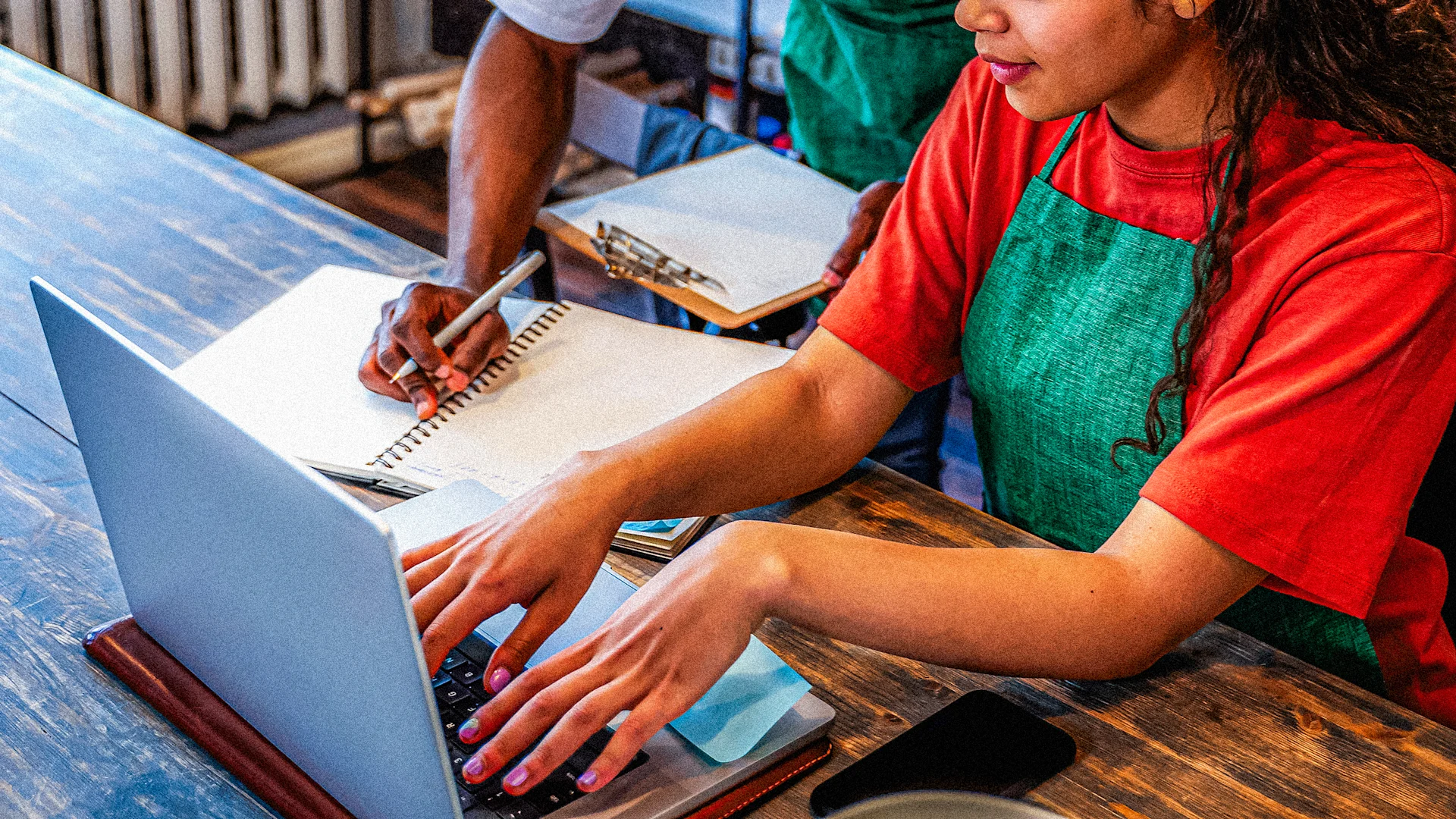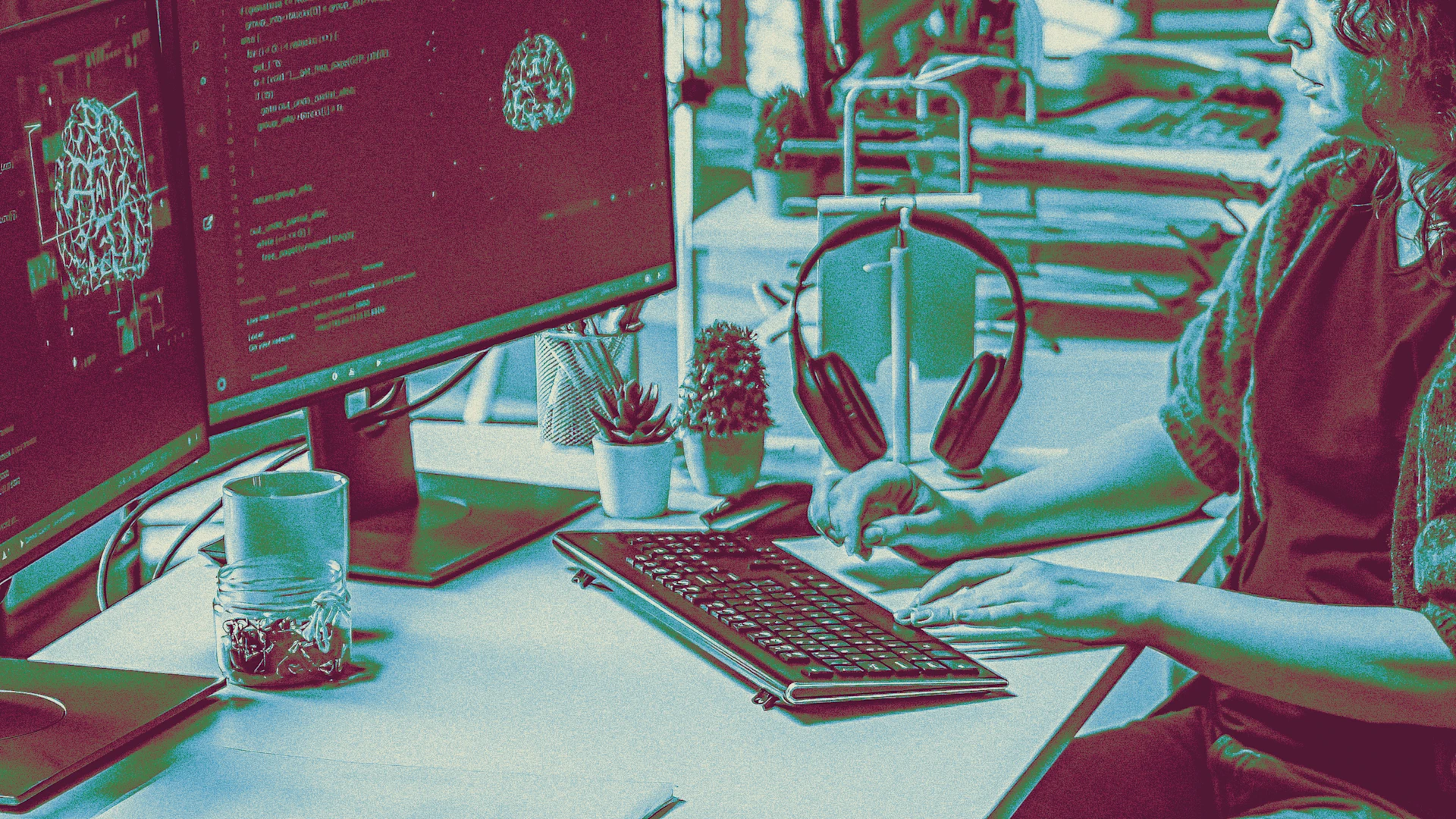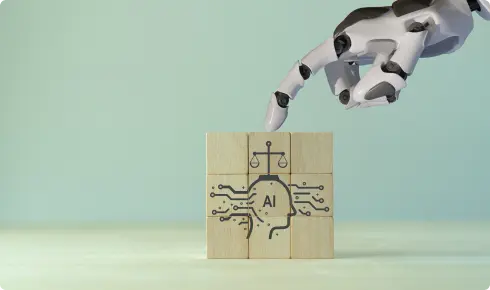Food is how we love, remember, and belong. In a world of machines, we must protect its soul—before it’s lost.
The kitchen remains one of the last refuges for stories, care, and shared humanity.
KEY POINTS
- Food is our first language—how we feel love, safety, and belonging before we speak.
- Cooking is creativity—where memory, care, and intuition come together on every plate.
- We need longer tables, not smarter kitchens; food is connection, not just consumption.
I lost my mother last year. As I cooked dinner this Mother’s Day, I was reminded just how big a role food played in our relationship. Meals weren’t just about sustenance. They were sources of memories. A bowl of soup, a cup of tea, a simple fish curry—each became a kind of language between us.
Food was her way of nurturing, expressing, connecting. In the quiet rituals of her cooking, I came to understand what care truly looked like.
Today, as the world rushes toward automation and optimization, I increasingly find myself looking to food for moments of calm— brief spaces outside the chaos where we can make real connections with others. At the same time, I worry what will happen to the human heart of food when machines prepare, deliver, and even plan our meals for us.
In a world that prizes optimization, food remains one of the last places where imperfection still carries soul.
Long before we speak, we are fed. Through food, we receive our first experiences of safety, care, and attention. A warm bowl of rice. A splash of mango pulp. A fragrant stew simmering in a kitchen filled with laughter. These are more than meals. They are messages: You are loved. You belong.
I often think about the quiet care my mother infused into everything she cooked. There is no recipe that can convey that feeling, no machine that can replicate her hands, her rhythm, her reasons. Each dish told a story, and each dish held the power to heal, to anchor, to crystallize memories or to call them back.
The meals that nourish us most are not engineered, they are remembered.
Technology can replicate flavor. But it cannot replicate feeling.
Meals as Memory, Culture, and Craft
In my travels I have learned that food is always more than merely functional. In the ritual of kaiseki, a deeply seasonal and intentional Japanese meal tradition, each dish is curated not for convenience but to reflect nature, emotion, and presence.
In Buddhist temples, the practice of shojin ryori turns a humble, plant-based cuisine rooted into a meditation, a form of compassion and awareness. No ingredient is wasted. No moment is rushed.
These traditions stand in stark contrast to today’s fast-paced food culture, where meals are engineered for speed and satisfaction but often stripped of soul.
If we allow food to become something produced mechanically and consumed without thought—a product instead of a practice—we risk losing something fundamental about ourselves.
Cooking Is Creativity, Not Just Consumption
Preparing a meal is an act of design. It sharpens the senses. It requires empathy. It invites spontaneity.
When we cook, we engage in a creative dialogue—with our past, with our mood, with those we’re feeding. There is no “perfect” version. There is only the moment, the adjustment, the intuition. Cooking reminds us we are alive.
Cooking is where memory, intuition, and love meet on the same plate.
No automated tool can replicate the joy of discovery, the small miracles born from touch, taste, timing.
The way you cook reveals how you care. It is an emotional blueprint, not a mechanical task.
In Defense of the Human Table
Let’s be clear: Technology can help us in many ways. It can make cooking safer, more accessible, and less wasteful. But we must draw a line between assistance and replacement. Because once food is reduced to pure utility value, we lose what it means to feed—and to be fed—as human beings.
Food is how we build connection, foster understanding, and create belonging. We don’t need smarter kitchens. We need longer tables. Spaces where people of different backgrounds, generations, and experiences can gather and break bread together.
To protect the soul of food, we need to find ways to:
- Return to the table. Not just for eating, but for connecting. Put down the devices. Create space for real conversation.
- Cook with heart. Let meals express emotion. A dish can carry joy, grief, celebration. Cooking is a language of care.
- Preserve tradition. Your grandmother’s recipe isn’t just food – it’s heritage. Record it. Share it. Let it live on.
- Pass it forward. Teach the young not just how to cook but why we cook. Let them see that food is an act of love.
- Build longer tables. Invite others in. Share what you have. Use food as a means for inclusion, empathy, and peace.
Let the kitchen be a place where memory, presence, and care come together. This is something only humans can do. No machine can replicate this magical recipe.
A Life of Flavor, a Life of Meaning
In my food blog, I’ve chronicled meals that linger long after the last bite. Not because they were perfect but because they were made and served with care. A bowl of soup offered during a hard week. A dish shared with someone we miss. A hurried plate that still carried intention. These meals were crafted not just to satisfy hunger but to show up for someone—with presence and heart.
The future will always offer faster, more efficient ways to eat. But it will always be the human touch, the thoughtful gesture, the quiet love infused into the act of cooking that gives food its deepest meaning.
So let food remain human. Let it be imperfect. Let it be created and served with care.
Food is not just fuel. It’s how we remember, how we connect, how we love.
Because when we cook, we’re not just feeding the body—we’re nourishing the soul.
And that is something that no machine will ever taste.
[Source Photo: Piquant Plate]
Original article @ Psychology Today.
















